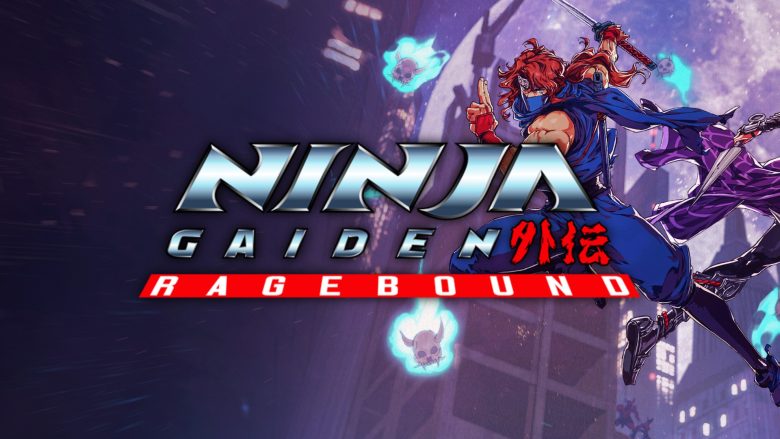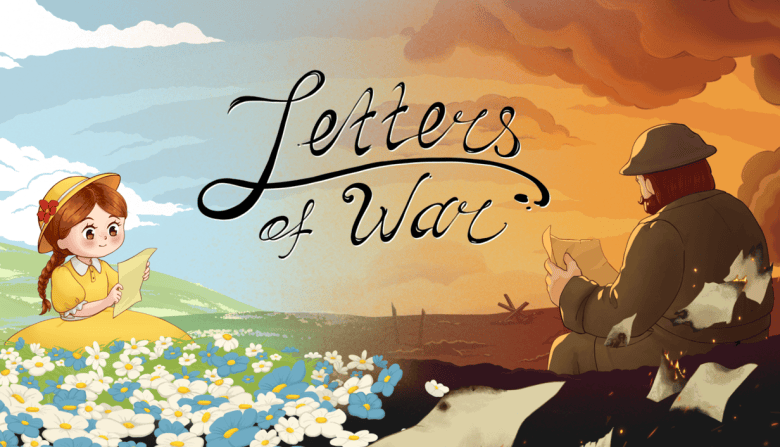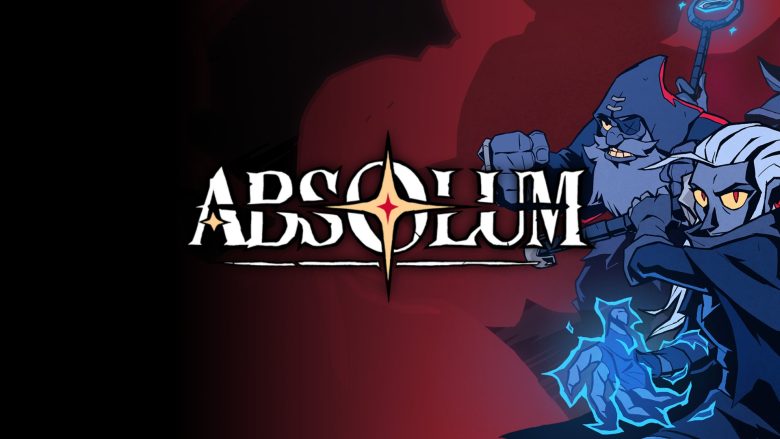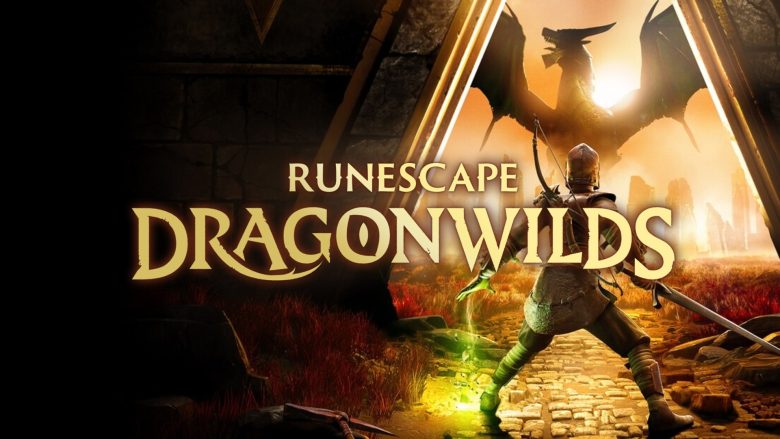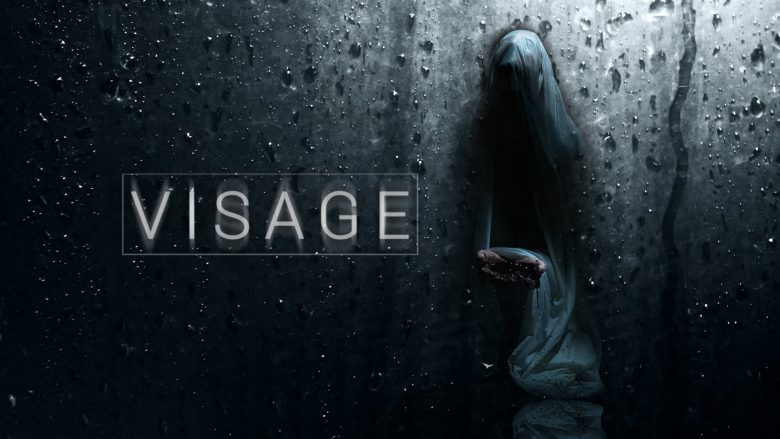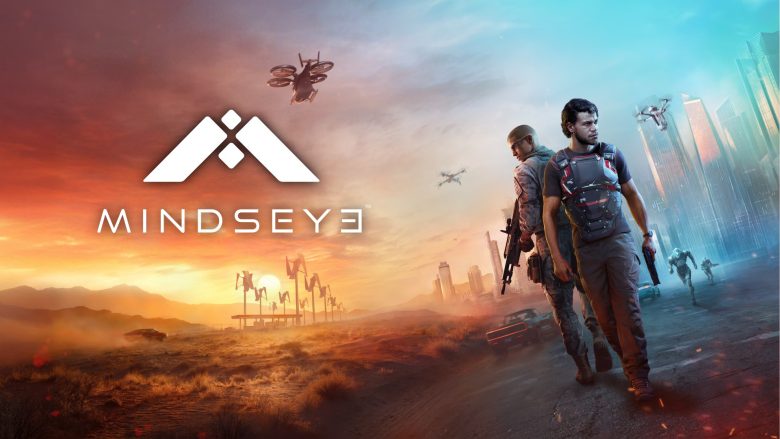Slay The Spire is an intriguing roguelike where we must climb and conquer a massive spire infested with monsters. Each floor presents a different challenge, and we will need strategy, wit, and luck to reach the top.
Slay The Spire, developed by Mega Crit, an indie studio based in Seattle, and published by Humble Bundle, can be played on a lot of platforms. Initially released for PC on January 23, 2019, it later came to Playstation 4, Nintendo Switch, and Xbox One on May 21, June 6, and August 14, 2019, respectively. It was also released for iOS on June 13, 2020, and Android on February 3, 2021. It is a roguelike deck-building game where we will develop our character’s arsenal by assembling a deck of cards with various effects. Upon our eventual death within the depths of the Spire, we lose all progress and start anew.

Climbing the Spire
From the moment we take control of our character (initially just one, but we can unlock three more), there is little room for explanation. Slay The Spire thrusts us immediately into action. A being named Neow introduces himself as the Ancient of Resurrection and informs us that we have lost our memories. The only way to recover them is to reach the top of the Spire. He offers us a blessing of our choice, and here we are, at the base of this ominous tower.
A map allows us to plan our route, navigating through numerous rooms that can contain enemies, treasures, a helpful merchant, or random events. We initially have a very limited deck of cards, tied to our character, along with a supply of gold, a relic that provides a passive bonus, and a belt for potions. We can obtain other cards, potions, and in some cases, relics from defeated enemies, map events, and the merchant. The strong strategic component is evident from the start.
Our skill must manifest in the choice of these cards; we must be skilled in assembling a synergistic and functional deck, where the effects of the cards harmoniously combine and adapt to the passive bonuses of the relics found. Slay The Spire is ruthless. The difficulty increases drastically already after the first few floors and especially after the first of the four bosses. Building an efficient deck is imperative, and in the first games, it will not be rare to die on the early floors and find ourselves resurrected by Neow for a new attempt. But every game is different, and perhaps in the next one, luck will assist our character… or we will have learned from our mistakes.

Learning from death after death
As I mentioned earlier, each attempted climb will be different from the previous one. The structure of the map always changes, as do the encountered enemies. But thinking that this prevents us from understanding the game is wrong: by studying the tactics and the arrangement of the opponents, we will quickly be able to anticipate their actions and act accordingly in combat.
In battles, an indicator above the enemy’s head informs us about its next action, such as attacking, defending, applying a bonus to itself, or a penalty to us. We have a limited supply of energy, necessary to play the cards, which recharges at the end of the turn or with particular bonuses. Generally, we have five cards in hand, and we will draw as many each turn. To protect ourselves, we can use defense cards that provide a shield capable of absorbing damage, which we will lose at the end of the turn. Strategy is crucial, as is having a clear understanding of our deck’s contents to try to predict what we will have in hand the next turn. Recovering health is not easy; it can only be done under certain conditions and rarely in combat.
Certainly, luck plays its part in Slay The Spire… sometimes even too much. There are situations where there is simply nothing to do but accept the idea of having to start the climb from scratch. This is something to keep in mind when playing a roguelike. But in the vast majority of situations, we can overcome the problem if our deck is solid and balanced.

I am unstoppable… almost!
You have dozens of failed attempts behind you. By now, you have learned how almost all the enemies on the spire fight, you know by heart the effects of the cards available to various characters, and you can even predict the outcome of random map events. This is where the real fun begins. As cruel as it can be at times, Slay The Spire provides immense satisfaction when things finally go right. Defeating that formidable boss in just three turns, raining hundreds of damage in a single turn, stringing together so many cards to play the entire deck in one action… these are the moments that truly make it worth facing the frustration and bad luck.
There are a myriad of different relics and cards to discover, many of which we will unlock as we progress through the game thanks to the experience points we earn even in case of defeat. The initial statistics and cards of the four characters do not change, giving a lot of value to our growing skill and knowledge of the game. Replayability is very high; we will really have to face hundreds of games before experiencing one we have already seen before.
For the most skilled (or masochistic) players, there is also an additional challenge mode that unlocks after conquering the Spire with all four characters, composed of 20 levels of increasing difficulty, which put a lot of obstacles in our path with exponential penalties throughout the game. But there is no need to climb such a trial: Slay The Spire‘s difficulty is already high on its own, a factor that can discourage many players.
And who are you…?
The effort of the developers to include a wide variety of enemies and bosses, some of which are even secret or only present in certain random events, is commendable. The combinations give rise to sometimes terrifying battles, impossible to win without the right cards. Unfortunately, the game falls a bit short in terms of character models and animations, of mediocre quality even for an indie game. The flaw quickly fades into the background, but a little more effort would have been appreciated, especially considering the excellent work done for the soundtrack, composed by the brilliant Clark Aboud.
It’s impressive how after dozens of hours of play, you come across situations never seen before, or you manage to build an entirely new deck. Among attack, defense, support cards, or even curses that hinder battles and our ascent, we have almost endless possibilities, even in the synergy that sparks with the use of potions and the possession of relics. It’s almost a pity to win a game because when starting over we will lose our powerful deck that allowed us to triumph.

Slay The Spire, literally.
Only after having, indeed, slain the Spire and conquered it will we realize that the journey has only just begun. And that the challenges around the corner increase exponentially. But above all, we will want to replay, experiment, test new strategies and paths, to see what fate has left behind.
A brilliant, polished, and deep title, apart from some graphical flaws.It becomes repetitive only felt after hundreds of hours, and always manages to keep the interest alive. An excellent sound department serves as a complement, along with a pleasant and convenient interface, except on smartphones where it can be difficult to select cards when you have many in hand. Slay The Spire was one of the pioneers of the roguelike deck-builder genre, and it is absolutely worth embarking on the intricacies of its tortuous adventure. Ready to slay the Spire and uncover its numerous secrets?
Slay The Spire, the review: a tortuous climb
PRO
- Great variety and depth
- High but satisfying difficulty
- Rewards strategic players a lot
- Apt music and sound effects
- Almost impossible to play two identical games
CON
- Really too dependent on luck in some cases
- Can be frustrating
- Barely decent character models and animations




